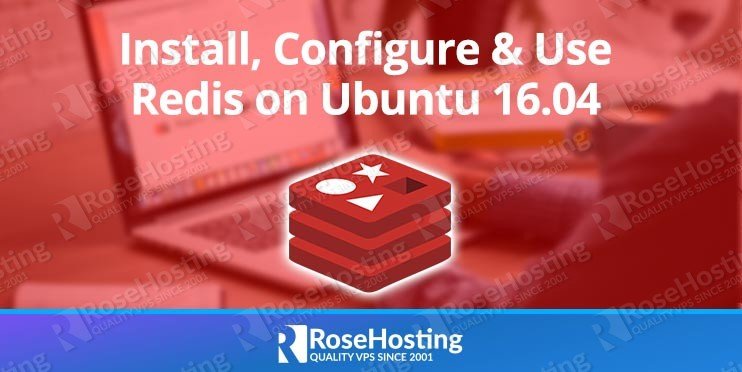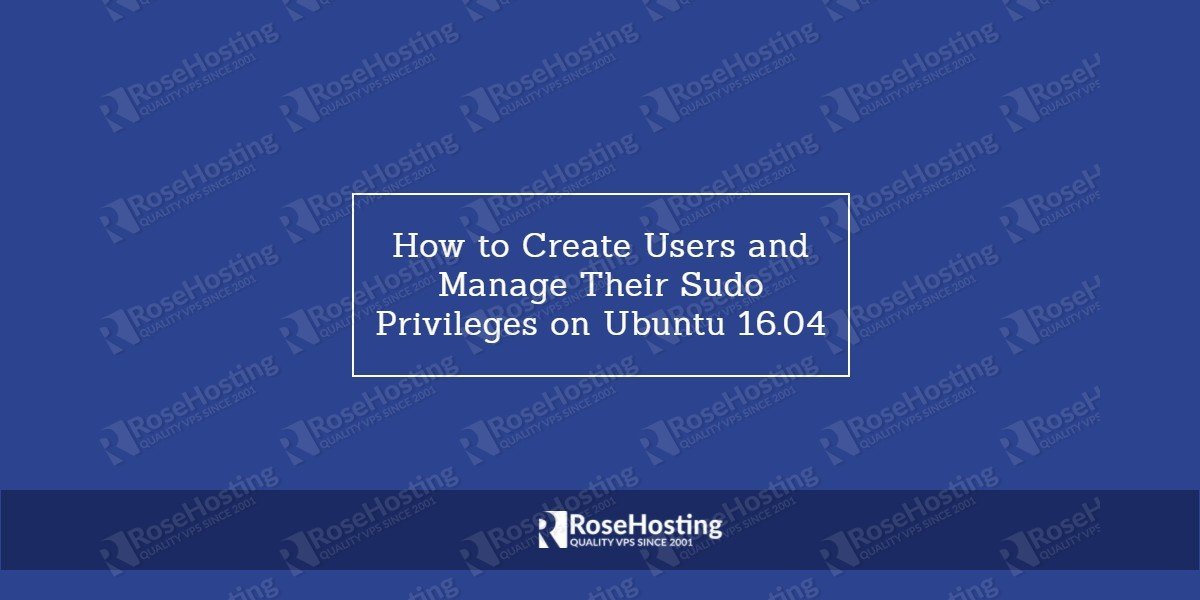We will show you How to Create Users and Manage Their Sudo Privileges on Ubuntu. The sudo command allows normal users to run programs which are only available to the root user. This tutorial will show you the simplest way to create a new user with sudo access on Ubuntu, without modifying your server’s sudoers file.
 Jeff Wilson
Jeff Wilson
How to install Nextcloud 11 on CentOS 7
We’ll show you How to install Nextcloud 11 on CentOS 7. Nextcloud is an open source software for creating and using file hosting services. It has a lot of extra Calendar, Sync and Contacts features, apart from their file hosting features. It is a great free alternative to some popular services such as Google Drive, Dropbox, Box, etc. Installing Nextcloud 11 on CentOS 7 is an easy task if you carefully follow the steps bellow.
How to Create Bash Aliases
In this tutorial, we will show you how to create bash aliases on a Linux VPS running Ubuntu 16.04 as an operating system. In general, a Bash alias is simply a keyboard shortcut, an abbreviation, a means of avoiding typing a long command line command sequence. Follow the tutorial below and you should be able to create bash aliases in few minutes.
How to Install Odoo 10 on Ubuntu 16.04
We’ll show you, how to install Odoo 10 on Ubuntu 16.04. Odoo 10 is one of the most popular and most powerful Open Source ERP business software based on the Python programming language. This new version of Odoo includes numerous improvements including new manufacturing apps and faster website operations. Installing Odoo 10 on Ubuntu 16.04 is an easy task if you carefully follow the very easy steps described below. The installation of Odoo 10 on Ubuntu 16.04, should take about 20 minutes.
How To Install Redis on Ubuntu 16.04

Redis is an in-memory data structure store primarily used as a database and cache. Redis supports different kinds of abstract data structures, such as strings, lists, maps, sets, sorted sets, hyper logs, bitmaps, and spatial indexes. Today, we’ll show you how to install Redis on Ubuntu 16.04.
How to Install CachetHQ on Ubuntu 16.04
In this tutorial, we’ll show you how to install CachetHQ on Ubuntu 16.04, with MySQL and Apache2. CachetHQ makes it simple to create a status page for your application, service or network and it’s based on Laravel framework. This guide should work on other Linux VPS systems as well but was tested and written for Ubuntu 16.04 VPS.
How to Manage Processes in Linux
We’ll show you, How to Manage Processes in Linux. A process is the abstraction used by the Linux operating system to represent a running program. Each process in Linux consists of an address space and a set of data structures within the server kernel. The address space contains the code and libraries that the process is executing, the process variables, its stacks, and different additional information needed by the kernel while the process is running.






